|
Collection:
Date: Images: |
Gyeongju (경주)
October 2009 72 |
To see Gyeongju was one of the primary objectives of my visit to Korea. I had read about the burial mounds Koreans had built for their kings (and not only for them - there are far more burial mounds in Gyeongju than the city ever had kings). Burial mounds are something I associate with celtic and germanic people and other early cultures, but as civlisation progresses, they usually evolve into pyramids, stupas or other very elaborate royal or imperial tombs. Compared to the graves of Chinese or Vietnamese rulers, those burial mounds are really modest and plain - something I would not have expected in a country so heavily influenced by Chinese culture.
Gyeongju is a pleasant city, it is possible to get around by bicycle. Gyeongju was the first capital city of a unified Korea: it was the capital of the kingdom of Silla, which in the 7th century managed to become overlord over the other mainland Korean kingdoms. One of the other kingdoms was Goryeo in the North, and a few centuries later Silla had to pass control to Goryeo, which ruled the country from Kaesong (now in North Korea) and gave Korea it's Western name, simply by being in charge when Marco Polo passed by. Korea's own name (until the Korean war) was Joseon, from the Joseon rulers who overthrew Goryeo shortly after Marco Polo went home, and had ruled from then until 1910. The Joseon rulers moved the capital from Kaseong to Seoul, which has it's function now for almost seven centuries
Gyeongju (경주)

|
This page has been created on Sunday 12. April 2015 from galleries.xml using galleries.xsl.
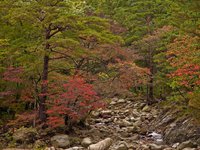


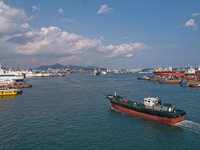
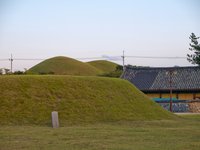
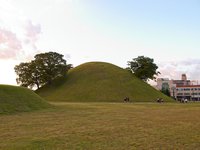
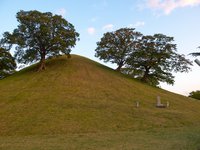
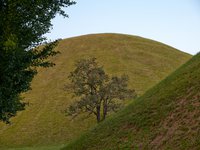
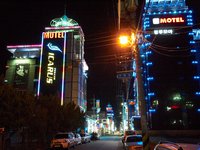
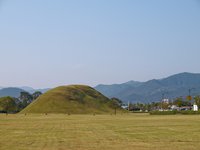
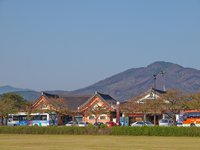
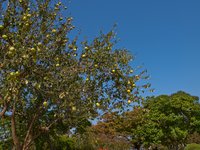
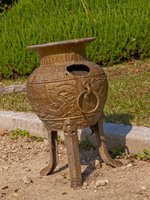
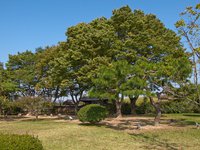
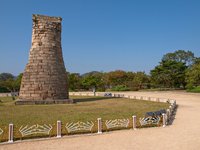
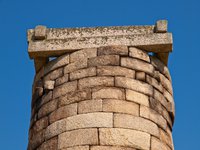
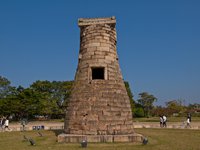
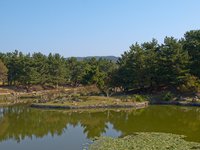
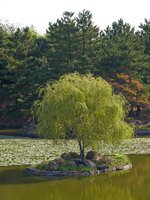
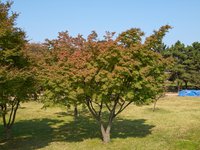
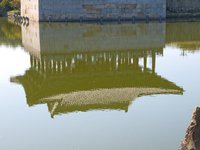
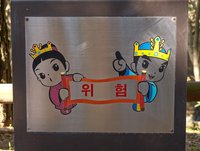
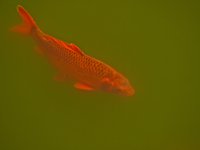
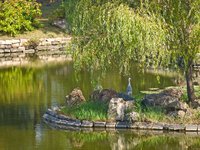
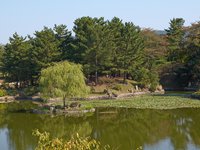
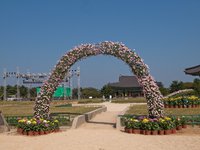
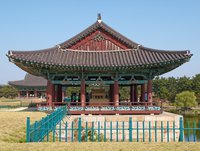
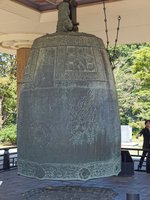
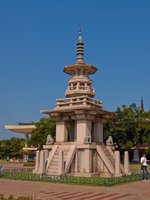
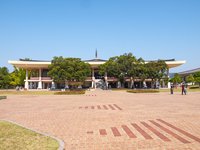
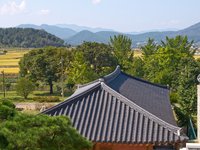
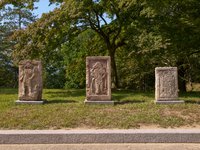
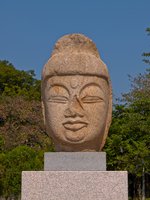
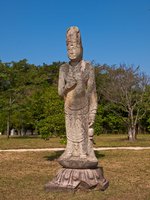
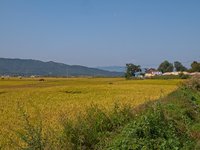
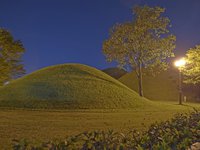
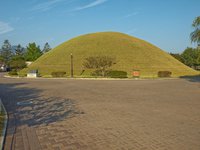
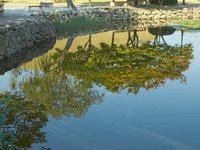
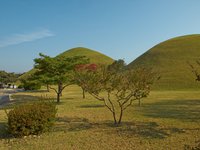
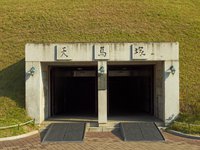
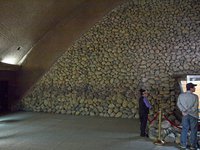
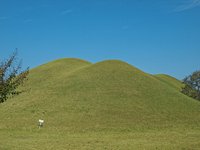
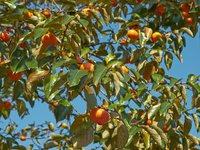
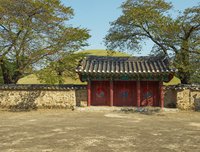
![Bulguksa (불국사) [ 24 images ] Bulguksa (불국사) [ 24 images ]](/galleries/thumbs/2009-10 Korea/Gyeongju/Bulguksa/20091010-1413-1545_Bulguksa.jpg)
![Seokguram (석굴암) [ 4 images ] Seokguram (석굴암) [ 4 images ]](/galleries/thumbs/2009-10 Korea/Gyeongju/Seokguram/20091010-1518-1567_Seokguram.jpg)
![Lake Bomun (보문) [ 4 images ] Lake Bomun (보문) [ 4 images ]](/galleries/thumbs/2009-10 Korea/Gyeongju/Lake Bomun/20091010-1713-1583_LakeBomun.jpg)